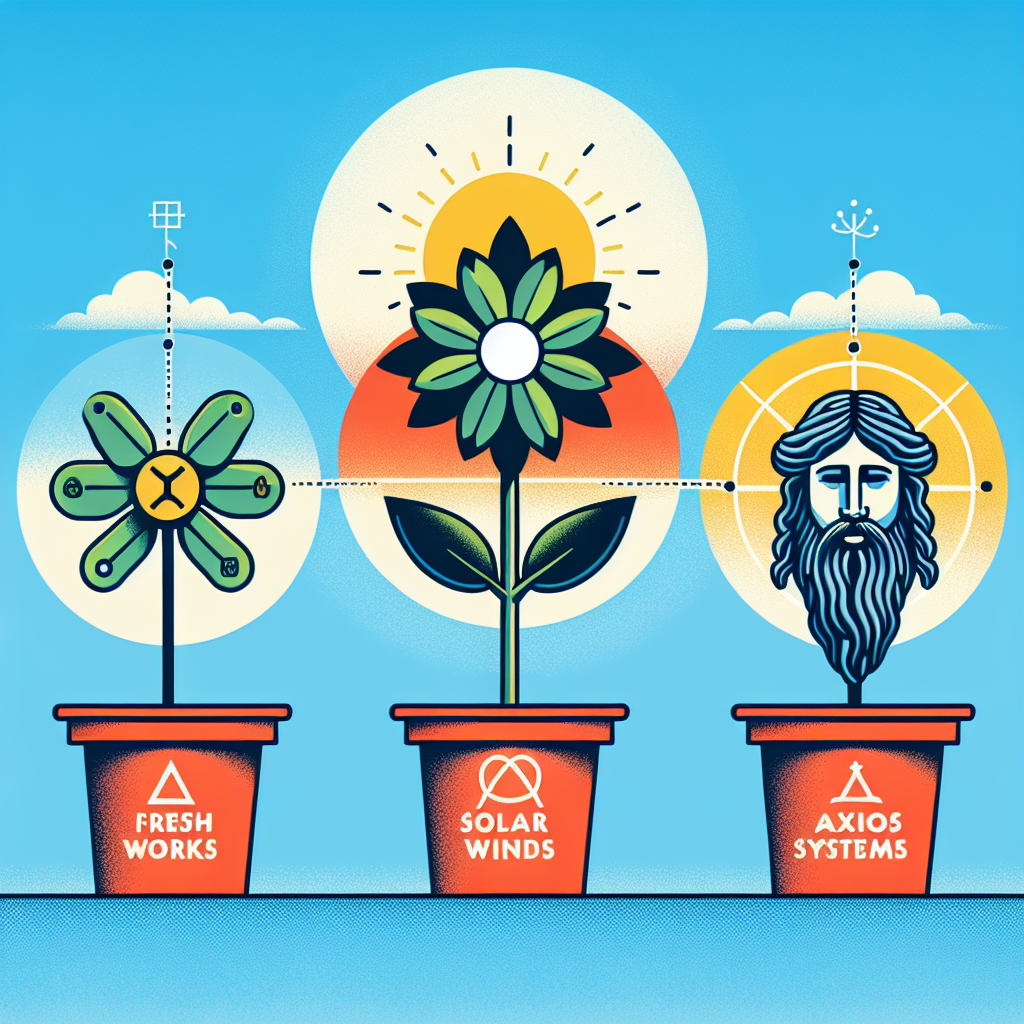The IT Service Management (ITSM) Software Market is experiencing rapid growth and is estimated to reach USD 30 billion by 2030, up from the current USD 12 billion. With a growth rate of 10% since 2019, the market has seen significant expansion in recent years.
A recent study conducted by HTF MI has provided valuable insights into the key drivers and trends shaping the ITSM Software market from 2024 to 2030. The report highlights the role of leading market players such as ServiceNow, BMC Software, Atlassian, IBM, and others, detailing their corporate overview, financial summary, and SWOT analysis.
ITSM Software is a suite of tools designed to streamline and optimize IT services within organizations. It enables the standardization and automation of processes like incident management, problem resolution, and service request fulfillment, aligning IT services with business objectives for improved efficiency and customer satisfaction.
Regionally, Asia Pacific dominates the ITSM Software market, while North America is the fastest-growing region. The report forecasts continued growth in these regions up to 2030, with North America and Europe currently leading in market size.
Key takeaways from the report include detailed analysis of market drivers, trends, opportunities, and threats, as well as insights into industry strategies, innovations, and growth prospects. The report also offers valuable information on product offerings, competitive landscape, and market trends for stakeholders looking to invest in the ITSM Software market.
For those interested in further details, the report provides a comprehensive breakdown of market segments by type (incident management, change management) and application (IT operations, support services), as well as a regional analysis for North America, Europe, and Asia-Pacific.
In conclusion, the report offers a detailed look at the ITSM Software market, providing insights into key industry trends and opportunities for growth. Stakeholders can access the full report for a more in-depth analysis of market dynamics, competitive landscape, and future outlook for the ITSM Software market.
For more information or to access the full report, visit HTF Market Intelligence Consulting Private Limited or contact Nidhi Bhawsar, PR & Marketing Manager, at sales@htfmarketreport.com. Stay updated on the latest Web3, Blockchain, and Metaverse news by visiting Web3Wire, Block3Wire, and Meta3Wire for the latest updates and insights. In recent years, there has been a significant shift towards sustainable living and environmentally-friendly practices. This movement has gained traction as more people become aware of the impact their actions have on the planet. From reducing waste to using renewable energy sources, there are many ways individuals can make a positive impact on the environment.
One of the key components of sustainable living is reducing waste. This can be achieved through practices such as recycling, composting, and buying products with minimal packaging. By reducing the amount of waste we produce, we can help minimize the amount of trash that ends up in landfills and reduce our overall carbon footprint.
Another important aspect of sustainable living is using renewable energy sources. This includes utilizing solar panels, wind turbines, and other forms of clean energy to power our homes and businesses. By switching to renewable energy sources, we can help reduce our reliance on fossil fuels and lower our greenhouse gas emissions.
In addition to reducing waste and using renewable energy sources, sustainable living also includes supporting local businesses and producers. By buying locally-sourced products, we can reduce the carbon emissions associated with transportation and support our local economy. This can also help promote sustainable farming practices and reduce the environmental impact of food production.
Furthermore, sustainable living involves making conscious choices about the products we use and the companies we support. By choosing products that are ethically sourced and produced, we can help promote fair labor practices and reduce the environmental impact of manufacturing. This includes opting for organic and eco-friendly products whenever possible.
Overall, sustainable living is about making mindful choices that prioritize the well-being of the planet and future generations. By reducing waste, using renewable energy sources, supporting local businesses, and choosing ethically-produced products, we can all do our part to create a more sustainable world. It may require some changes to our daily habits, but the impact of these small actions can be significant in the long run. Let’s all do our part to live more sustainably and protect the planet for generations to come.

